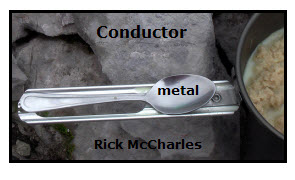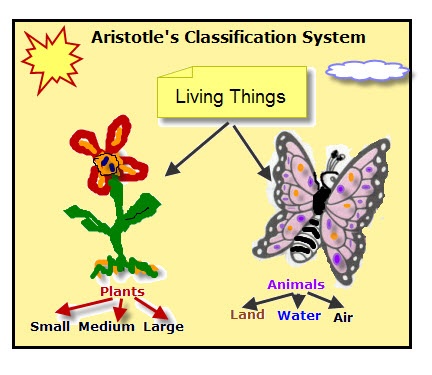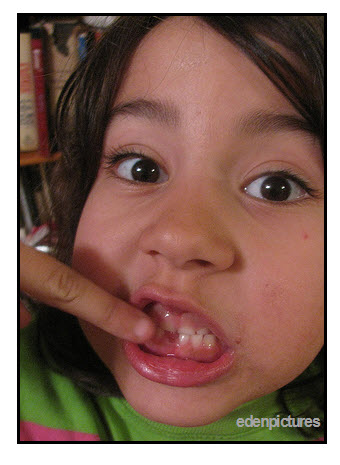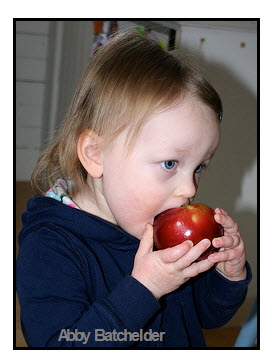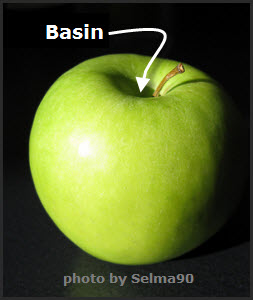Insulator: A material that does not easily allow energy, such as heat, electricity, light, or sound to pass through it. FYI: A material that does not transmit heat easily will not easily transmit other types of energy. For example: Since wood does not easily transmit heat, wood is used for cooking utensils. You can hold […]
Archives for 2010
Volume: Water Displacement
Buoyancy is an upward force on an object that is floating or submerged in a fluid (liquid or gas). The upward force of buoyancy on the boat in the picture is equal to the weight of the water displaced by the boat. WOW!! That sounds complicated, but it isn’t. In the diagram below, there are […]
History Of Classification
What is Taxonomy and Who Introduced It? Taxonomy is the science of how living things are grouped together. Another name often used for taxonomy is classification. Scientists who study taxonomy are called taxonomists. The Greek scientist, Aristotle (384-322 B.C.), was one of the first scientist to organize living things, thus among other things he studied, […]
Plant Cells: Vacuoles
Vacuoles are a membrane-bound storage sacs filled with a watery fluid. Mature plant cells may have only one vacuole occupying up to 90% of the total plant cell volume. Some of the function of a plant vacuole include: * store wastes* isolate materials that might be harmful to the cell* maintain internal hydrostatic pressure (turgor) […]
Food Preserving:Dehydrating
Did You Know? Raisins are dried out grapes. Another way of describing raisins is that they are dehydrated grapes. Dehydration is the process by which water is lost by something, such as grapes. Terms absorption cell cell wall dehydration grapes hydrate microbes preserving food raisins reconstitution rehydration Even before the Native Americans hung strips of […]
Teeth: Anatomy and Development
Anatomy and development of the mouth and teeth: Baby teeth are also called deciduous teeth, milk teeth, primary teeth, and temporary teeth. Teeth begin developing below the gum in the fetus (developing baby within its mother). Proper development of teeth depends on good nutrition from the mother during pregnancy. The mother’s diet should have adequate […]
Digestion:Chewing
Why is it important to thoroughly chew food? Digestion is the process of breaking the food you eat into small enough pieces to be used by your body. This process starts in your mouth. First, knife-like teeth in the front of your mouth, called incisors, cut and slice a small piece from the food. The […]
Fruit vs. Vegetables
What’s the difference between a fruit and a vegetable? Fruit, such as a lemon, develops from a flower. Seeds form inside fruit. Vegetables, such as cabbage, are plant parts excluding fruit. For more information about plants and plant parts, see Janice VanCleave’s Spectular Science Projects about Plants.
Types of Experimental Controls
A control experiment is the standard for the experiment. This means that the results of the project experiment are compared to the results of the control. Since changes in the project experiment’s independent variable causes changes in the experiment’s dependent variable, then the independent variable is kept constant (unchanging) in the control experiment. Removing the […]
Fly Proboscis
How Flies Eat Some insects, such as flies, have a mouth part that soaks up liquid in much the same way that the sponge soaked up the water. This mouth part is called a proboscis. All of the food that flies eat is not in liquid form. To liquefy solid foods, flies regurgitate (vomit) on […]
- « Previous Page
- 1
- …
- 17
- 18
- 19
- 20
- 21
- …
- 54
- Next Page »
